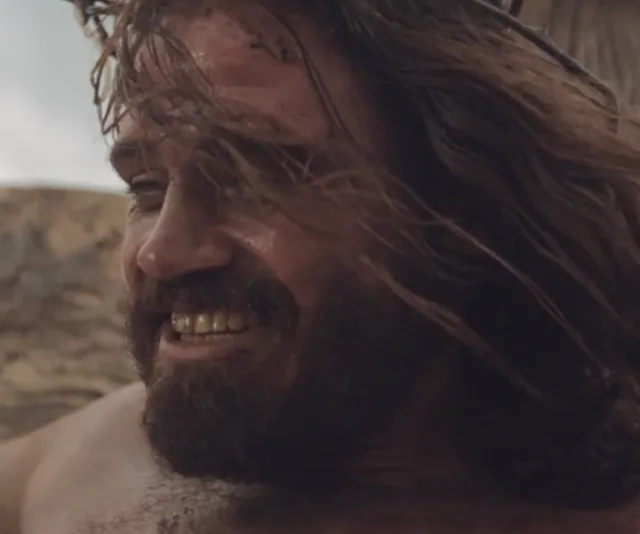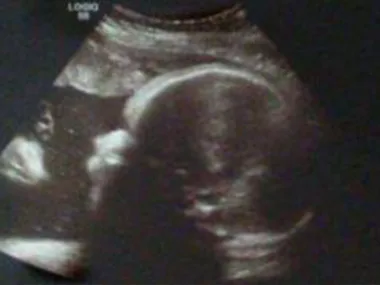Is there anything funny about Jesus Christ’s crucifixion? There is, according to the creative brains behind a controversial new advertisement promoting organ donation in Australia.
The ad depicts Jesus nailed to the cross chatting companionably with two Roman guards who encourage him to sign up to donate his organs when he dies. Jesus is more than happy to oblige, of course, even posing graciously for a selfie with the guards afterwards – hashtag: #nailedit.
Full of “funny” jokes, modern-day references and friendly banter, the ad uses humour to entertain, inform and inspire viewers to sign up to the Australian Organ Donor Registry.
Which is a good thing in and of itself, of course; organ donation has the potential to save many, many lives …

A smiling Jesus on the cross in the advertisement for the Australian Organ Donor Register. (Source: dyingtolive.com.au)
But will “having a laugh with Jesus on the cross” work to drive people to go online and sign up? Or does this attempt at a humorous depiction take the focus away from the campaign’s very important objective?
This ad is part of a wider promotional campaign for the Australian Organ Donor Register, who have also released an award-winning documentary titled Dying to Live, which presents the heart-wrenching stories of six Australians currently on the wait list for essential life-saving organ transplants.
Dying to live will be released in cinemas this month and offers audiences an intimate, harrowing look into what life is like as the desperate but hopeful wait continues.
Current data shows 70 per cent of Australians are willing to donate their organs and tissue, while only 36 per cent are actually registered as donors. Nearly half of potential donations do not proceed because family members either do not know their loved one’s wish, or it is overturned in the hospital once they have passed.
The documentary is a sobering look at a very serious issue; one that you would expect advertisers to approach with sensitivity. So why release a TV advertisement that has the potential to derail the whole campaign?
How could an advertiser think it appropriate to make light of a historical event of such fundamental importance to the Christian faith? For Christians, this depiction of the ‘Son of God’ may be perceived as insulting. Jesus plays a vital role in Christianity and He would’ve suffered tremendously during his crucifixion; dying a long, drawn-out death with a crown of thorns on his head and his hands and feet nailed to the cross.
Sparking controversy and offence with depictions of significant religious figures isn’t a new thing; the artwork Piss Christ by American artist and photographer Andres Serrano caused international condemnation on its release in 1987.
More recently, the portrayal of a naked Muhammad in the French satirical magazine Charlie Hebdo incited global riots among Muslims, sparked international debate and resulted in a deadly shooting attack at the magazine’s Paris offices in 2015.
According to the most recent Australian Census, Christianity is the dominant religion in Australia, with 12 million people – 86 per cent of religious Australians – identifying as Christians. That’s a lot of Christians to offend!
And while not all of them will be offended by this advertisement, there are many who will.
Generating controversy does draw attention and this ad will certainly succeed in raising heckles and generating public debate. But will it achieve its objective to get people to sign onto the Australian Organ Donor Register? Or will it instead divide its audience and reduce the impact of the important message that Dying to Live has the potential to impart on Australians?

The controversial 1987 artwork “Piss Christ” by Andres Serrano, which continues to incite international uproar and is subject to ongoing vandalism (pictured here smashed by protestor in 2011). (Source: Getty Images)
.jpg?resize=640%2C405)


